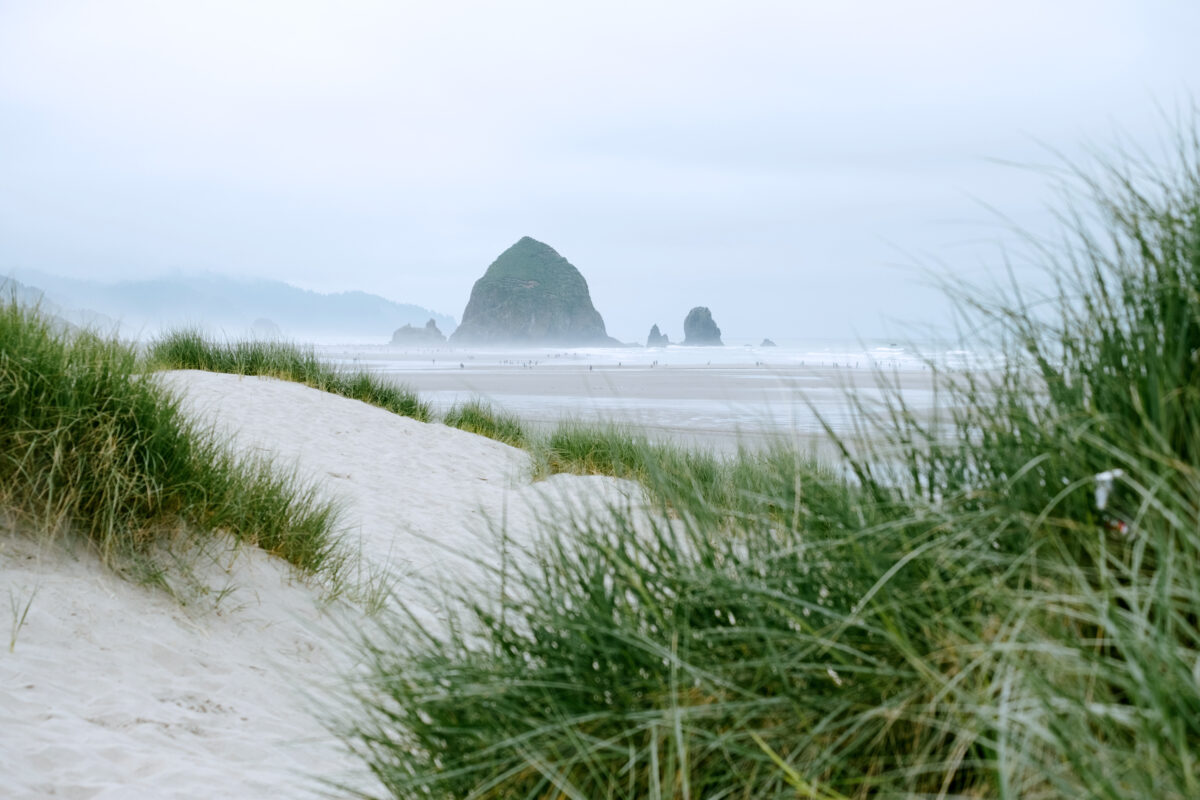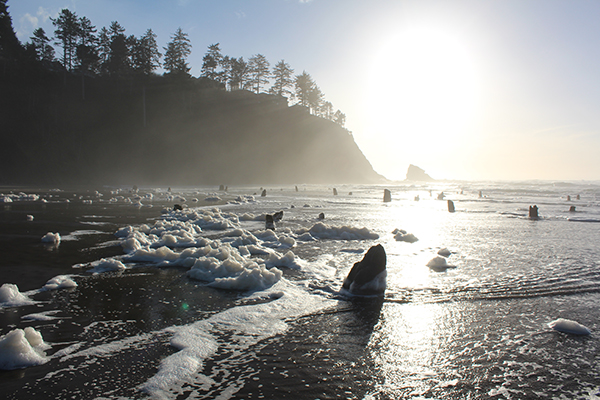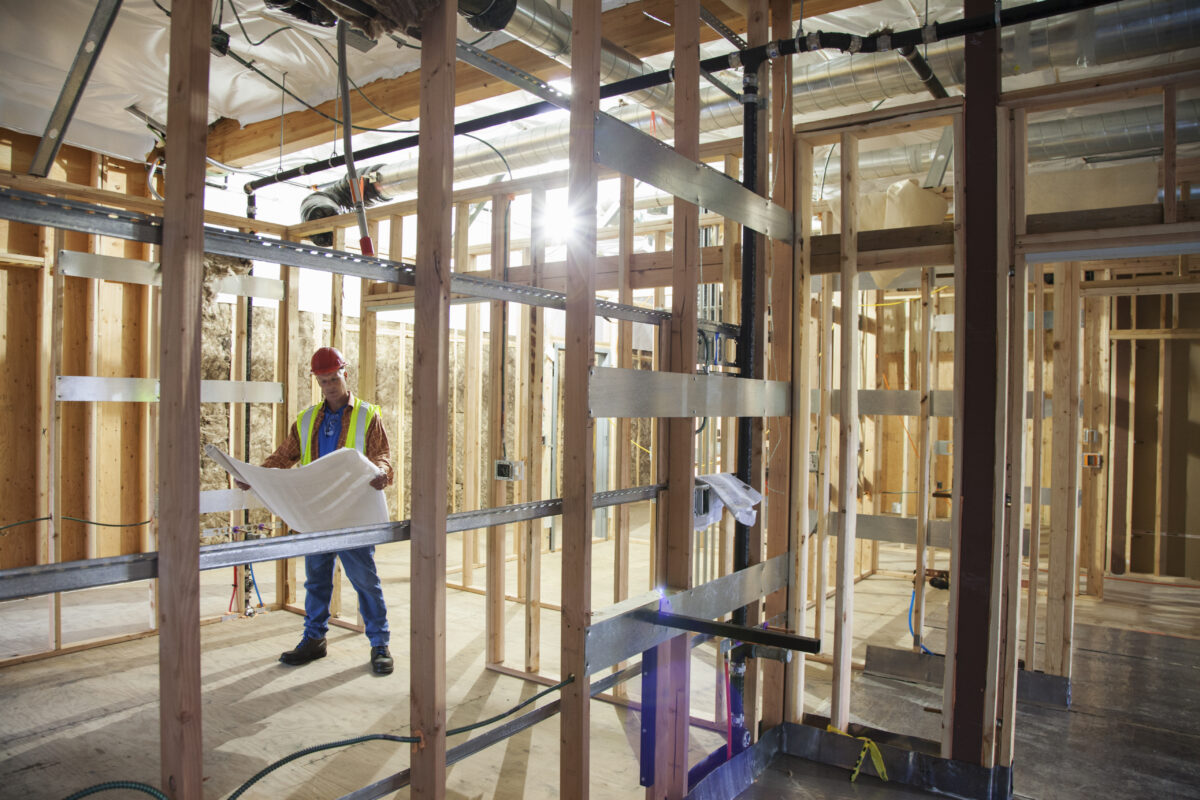Earthquake preparedness kit recommendations abound on the Internet. Most suggestions for earthquake kits include the consensus items–food, water, shelter, clothing–but the variations in details are infinite. Here are three alternatives to the usual kit items that can help you bounce back in a disaster.
For simplicity and commonalty’s sake, I’m basing these earthquake kit alternative recommendations off the Ready.Gov “Build A Kit” website, maintained by the U.S. Department of Homeland Security.
#1: Ditch the batteries for a solar cell-phone charger or a generator
This one might seem obvious. In the moments and days after a major earthquake, the most valuable commodity will be information. Than means keeping your phone charged. Those AA batteries ain’t helping.
Toss out any batteries you’ve got tucked away in your earthquake kit and replace ‘em with with a solar cell-phone charger. The tech site Lifewire’s pick for best solar phone charger right now costs less than $30–a small price to pay for the security of keeping your cell phone charged when you need it most.
If you want to take the post-earthquake energy-source preparation up a notch, chip in on a generator with your neighbors, housemates, or other tenants in your apartment building. As for which generator is best for you, that’s a whole ‘nother ball of wax.
#2: Swap the canned food in your earthquake kit for freeze-dried (Or at least mix it up)
This upgrade affects your dinner, so don’t take it lightly. There are pros and cons for both freeze-dried and canned food. The ultimate decision might come down to your palette and the importance of certain food to you and your family’s sense of well-being.
The downside of freeze-dried is the cost, but the upsides are numerous: it’s far lighter, it lasts longer (often much longer), it’s less susceptible to contamination, and its variety and quality are quickly approaching that of canned food. It does require water and preparation time, but it doesn’t require a can opener.
To me, the big appeal of freeze-dried food lies in the “set it and forget it” nature. Some of the products now supposedly can last 30 years. My family is more finicky in our tastes, and we have some dietary requirements. We go with a mixture of both canned and freeze-dried food in our earthquake kit.
#3: Cut back on water storage if you have access to a hot water heater
Human beings run on water. We can’t live without it. Water sits at the top of almost every earthquake preparedness kit list. General guidelines estimate emergency use of water at one gallon per day for each person and pet in the family.
Most lists also agree on keeping a 3-day supply of water ready for evacuation, and a 2-week supply of water on hand at home for an extended water outage. For a family of four with no pets, that’s 12 gallons for evacuation, and 56 gallons for the extended period.
It’s hard to argue with keeping the evacuation amount ready to go, but consider that 56 gallons or whatever your extended amount. It’s very heavy and bulky. Commercially bottled water expires. Non-store-bought water needs to be replaced every six months, according to the CDC.
You may have 50-60 gallons of fairly fresh, potable water sitting available in your home’s hot water heater. Along with your toilet tanks (not the bowls!), your hot water heater can be a large source of necessary water in an emergency.
How much water you keep on hand may depend less on mathematics and more on peace of mind. My partner feels much more comfortable with lots of stored water. We store more than 60 gallons of water, but I’m certainly glad I know how to access the hot water heater if we need it.
All of the above alternative considerations for earthquake kits come from my own experiences thinking about and packing my own family’s earthquake emergency kit. My suggestions may not apply to your own household situation. We all have our own unique needs and psychologies. If you’re critically thinking about your earthquake kit and actually preparing it in reality, you’re on the right track.



